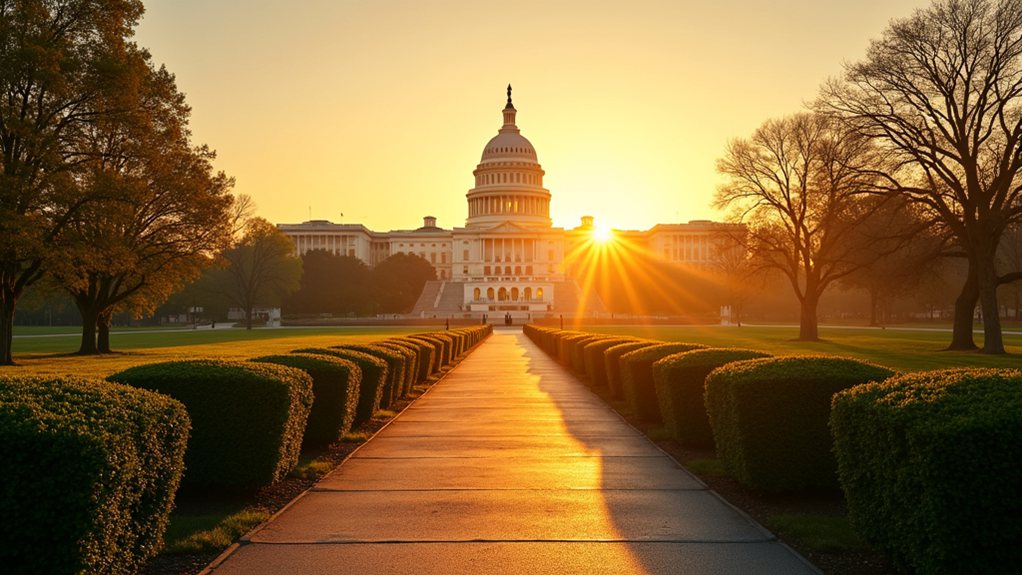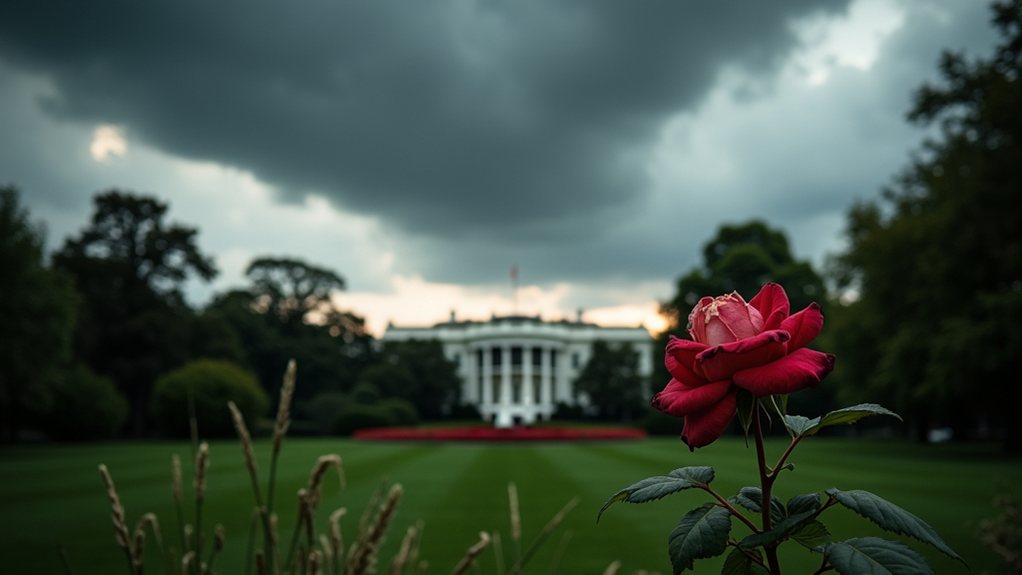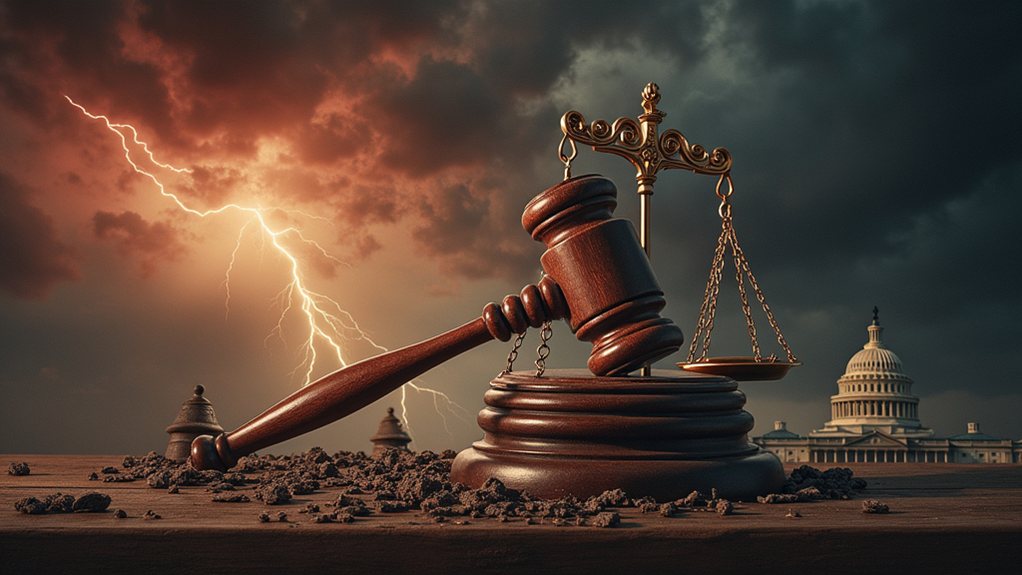When Donald Trump became president, he introduced several economic policies that aimed to reshape the U.S. economy. One of his first major actions was the Tax Cuts and Jobs Act (TCJA). This law lowered the corporate tax rate from 35% to 21%. It also raised the standard deduction and child tax credit while lowering individual income tax rates. However, it capped state and local tax (SALT) deductions and was set to expire for individuals after 2025.
In addition to tax reforms, Trump took a strong stance on trade. He imposed 25% tariffs on $250 billion worth of Chinese imports. This move was part of his effort to renegotiate trade agreements, including transforming NAFTA into the USMCA. Trump also withdrew from the Trans-Pacific Partnership (TPP) and engaged in trade disputes with the EU, Canada, and Mexico. These actions increased the average U.S. tariff rate from 1.5% to 13.5%. Tariffs may be used as leverage for negotiation rather than blanket imposition, indicating a strategic approach to trade conflicts.
Trump's administration also focused on deregulation. He signed an executive order that required the elimination of two regulations for every new one created. This led to the rollback of several Obama-era environmental regulations and loosened financial regulations from Dodd-Frank. The estimated savings from reduced regulations were around $50 billion. However, potential policy changes could reverse these positive investment trends.
Immigration policies were a significant part of Trump's agenda. He attempted to end the DACA program and imposed travel bans on several Muslim-majority countries. His administration also increased enforcement and deportations and pushed for a border wall. The Federal Reserve, under its dual mandate, aims to foster maximum employment and stable prices, which can be influenced by changes in immigration policy.
Trump's monetary policy included criticism of the Federal Reserve for its interest rate hikes. He appointed Jerome Powell as Fed Chair and proposed unconventional measures like negative interest rates.
Finally, the COVID-19 pandemic led Trump to sign the $2.2 trillion CARES Act, which included stimulus checks and expanded unemployment benefits. Overall, Trump's economic policies sparked debate, with supporters praising growth and critics raising concerns about long-term impacts.








